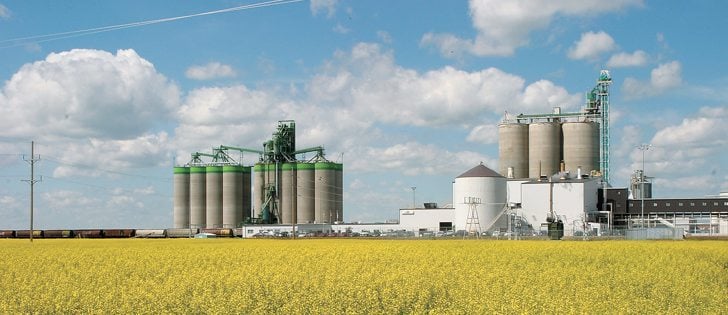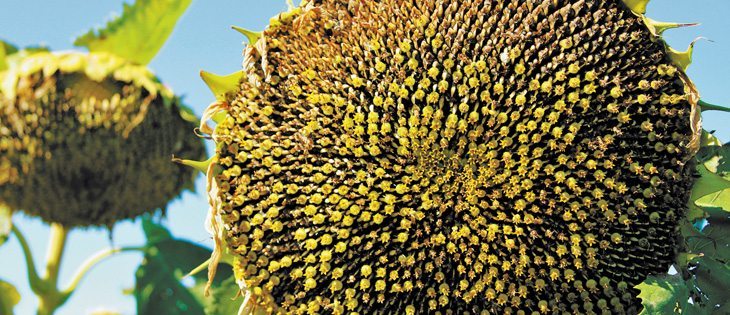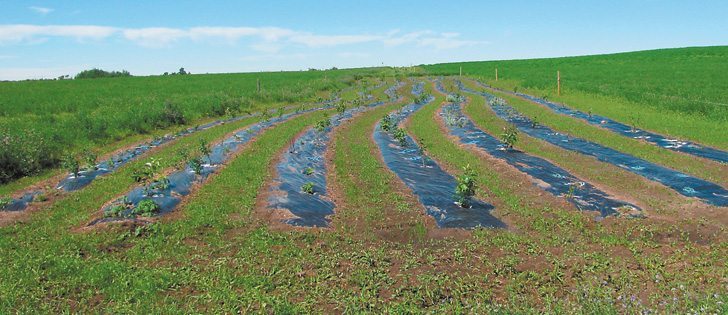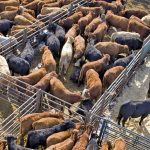A surprisingly bullish canola harvest production estimate from Statistics Canada has failed to get a rise out of the weak canola market, prompting analysts to wonder if canola has farther to drop.
“The market isn’t reacting really well to it, so that puts my antenna up that canola could lose another $20 (per tonne),” said Pro Market analyst Errol Anderson. “If we don’t get a frost in the next two weeks, we might just start to drop.”
However, because of the chance of frost before harvest, which would cause extensive damage, canola could be carrying a surprise sting in the tail for unhedged canola buyers, said David Reimann of Informa Economics.
Read Also
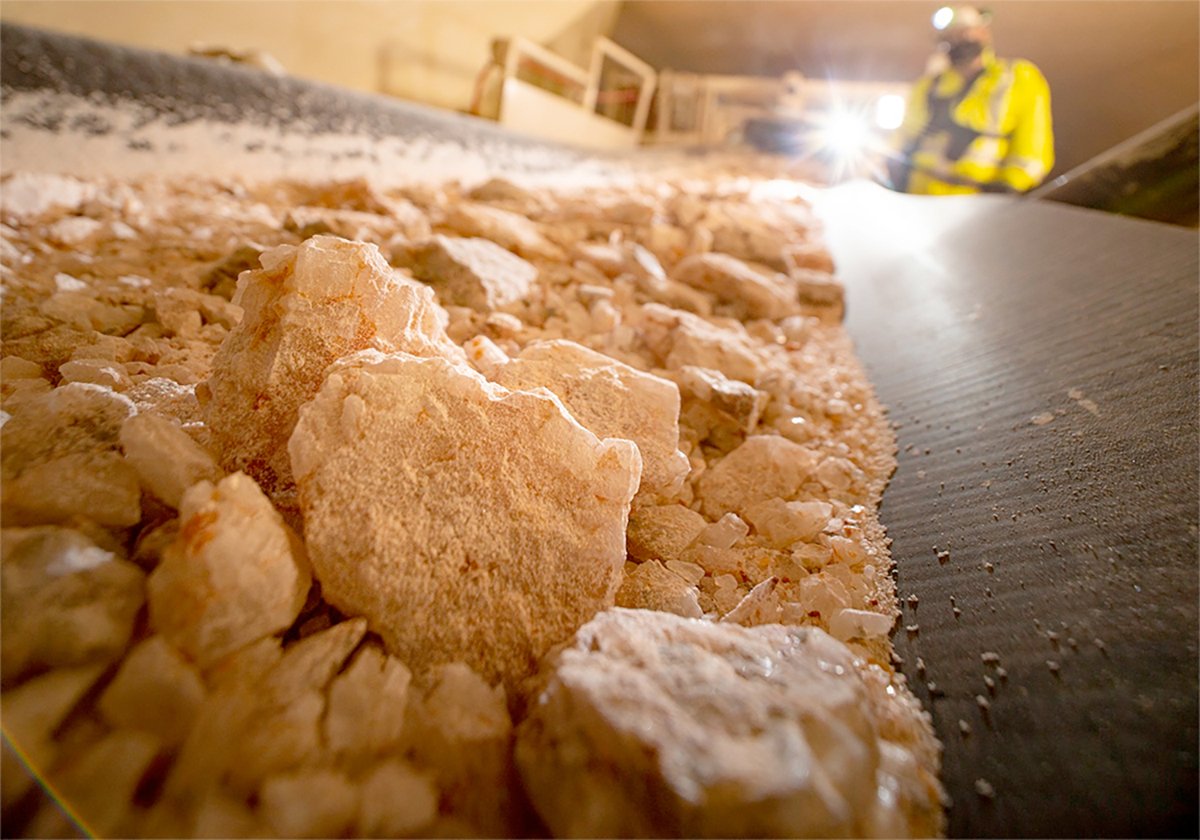
Saskatchewan looks to expand trade in Indonesia
Saskatchewan intends to increase its agricultural partnership with Indonesia.
“There’s some explosive potential in either direction.”
November canola futures prices were trading around $9.65 per bushel Aug. 24, little changed from the price before Statistics Canada released its first crop production forecast for the 2009-10 year.
That report predicted Canadian farmers would harvest only 9.54 million tonnes of canola this autumn. That’s well below most trade guesses, which were 10 million tonnes and higher, and much below 2008’s bin-busting 12.64 million tonne crop.
The weak reaction to a number that could have sent prices substantially higher was due to a number of factors: the Canadian dollar has also been rising, killing canola prices in the conversion rate; the United States is expected to produce a large soybean crop and palm oil stocks are ample.
Reimann said analysts also suspect prairie canola crops might yield better than farmers thought at the end of July when the survey was done.
Weather conditions this summer, while bad for most crops, have generally been good for canola, with little scorching to reduce yield potentials.
“Cool, moist conditions are conducive to good canola yields, so depending on the type of fall we get, this production number could change quite a lot,” Reimann said.
“Previous experience is that farmers tend to underestimate production in the July survey.”
Prairie crops are in a widely varying range of maturity because of weather problems that have beset the region since spring.
This is making it hard for farmers to hedge a portion of their crop because they don’t know how much will wind up in the bin.
Charlie Pearson of Alberta Agriculture said farmers need to look carefully at present obligations before pricing more crop.
“If you have some nervousness, you maybe don’t want to do anything,” he said.
“If you expected 40 bushels per acre in the spring and sold 10, that was about 25 percent of your expected production. But if you only get 20 bu., that equals 50 percent.”
However, small sales at profitable prices can be a good idea.
“If you get a sniff at $10 canola off that combine, that isn’t a bad price,” Pearson said.
“Don’t go brain dead and ignore the marketplace, but keep in mind what you can actually do and actually deliver.”
Reimann said this year’s crop is vexing for many producers because they can’t market as aggressively as they’d like and can’t get a good sense of the kind of canola market they’ll be living in a month from now.
“This year there are a lot more issues hanging than we normally see.”




